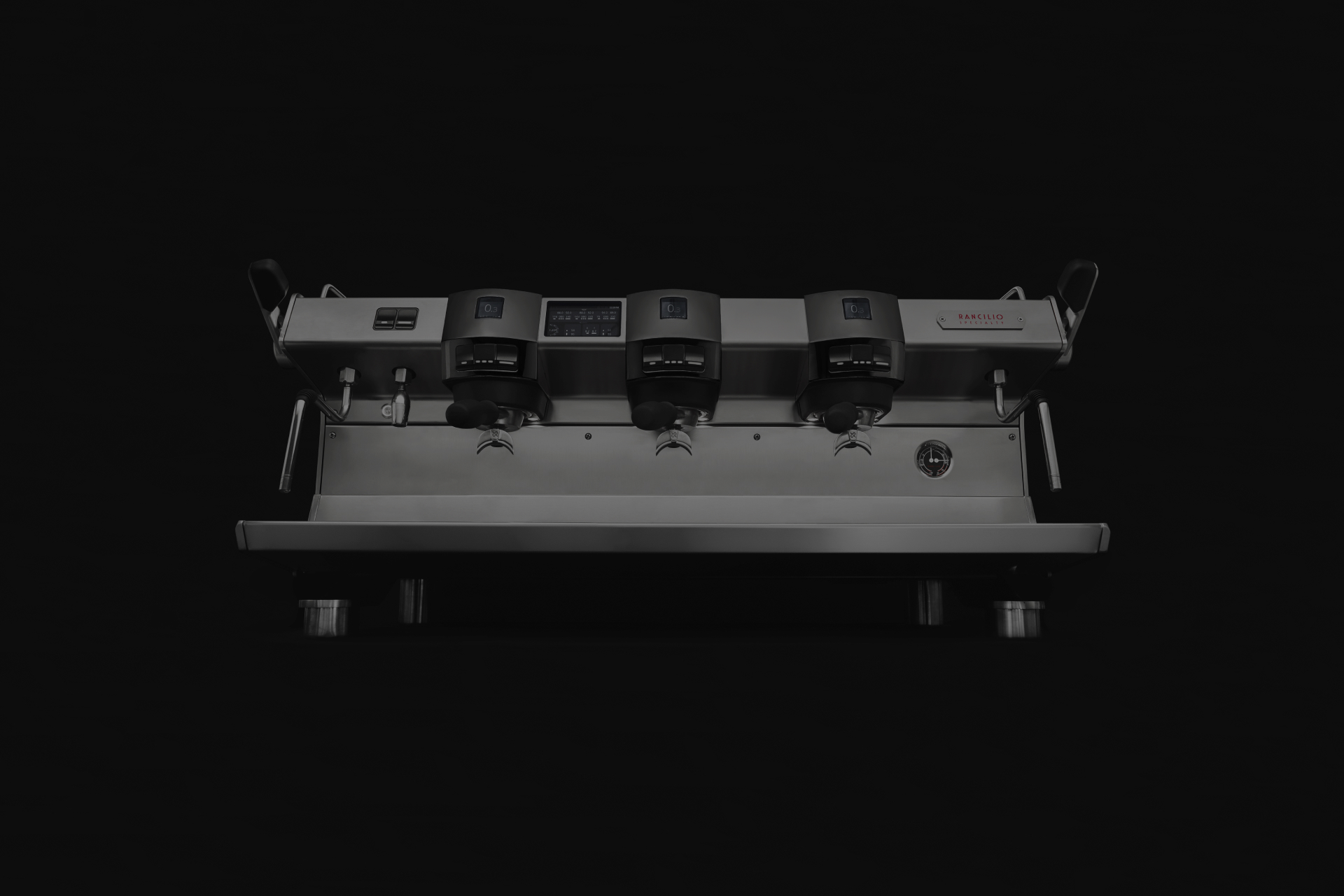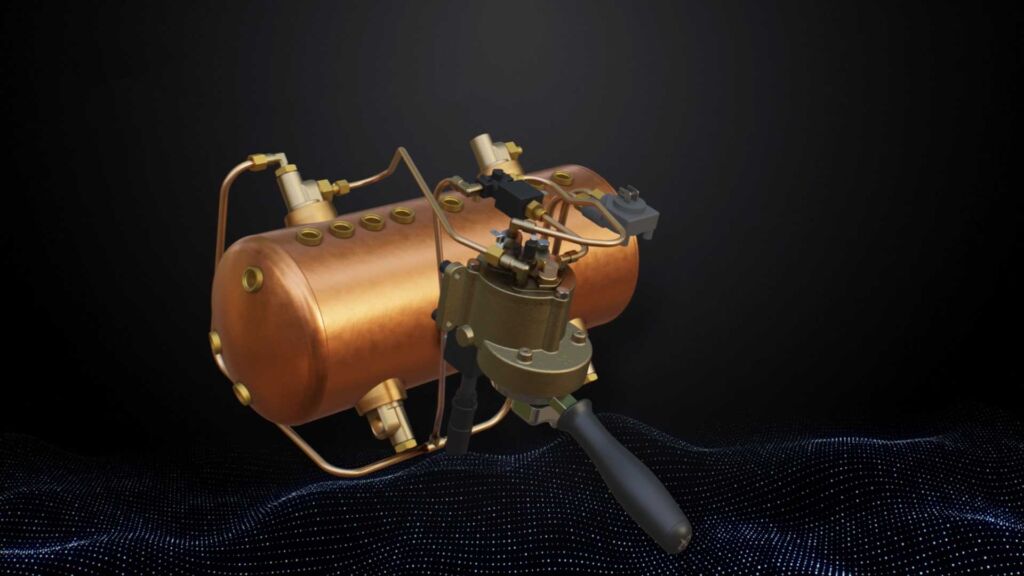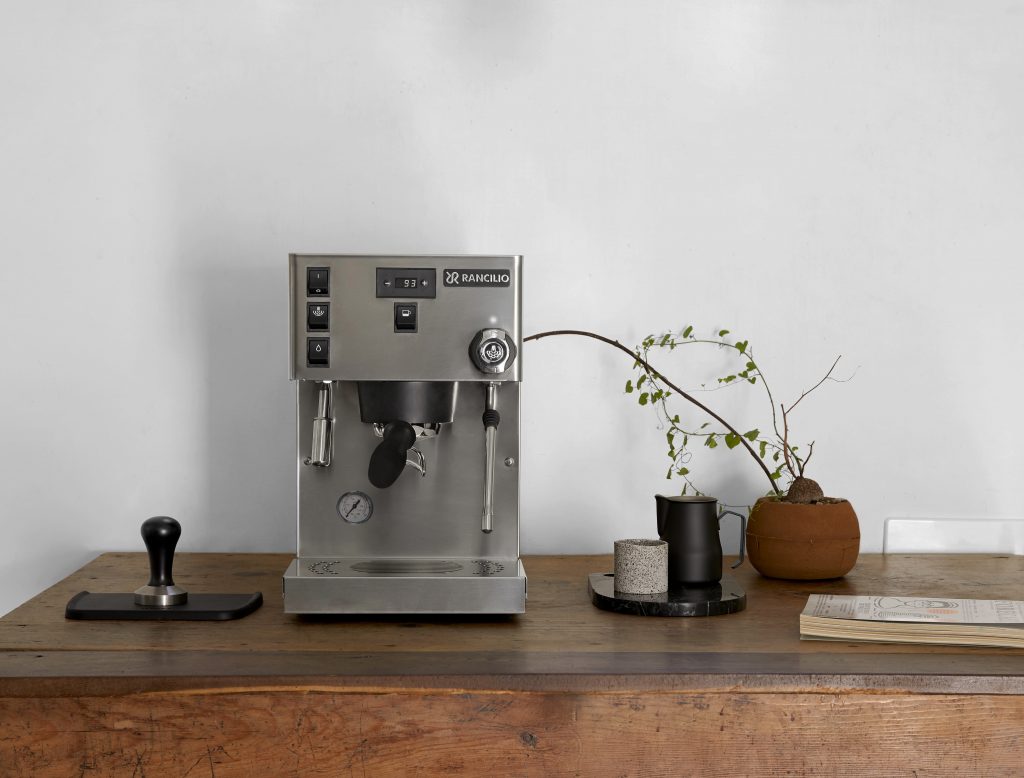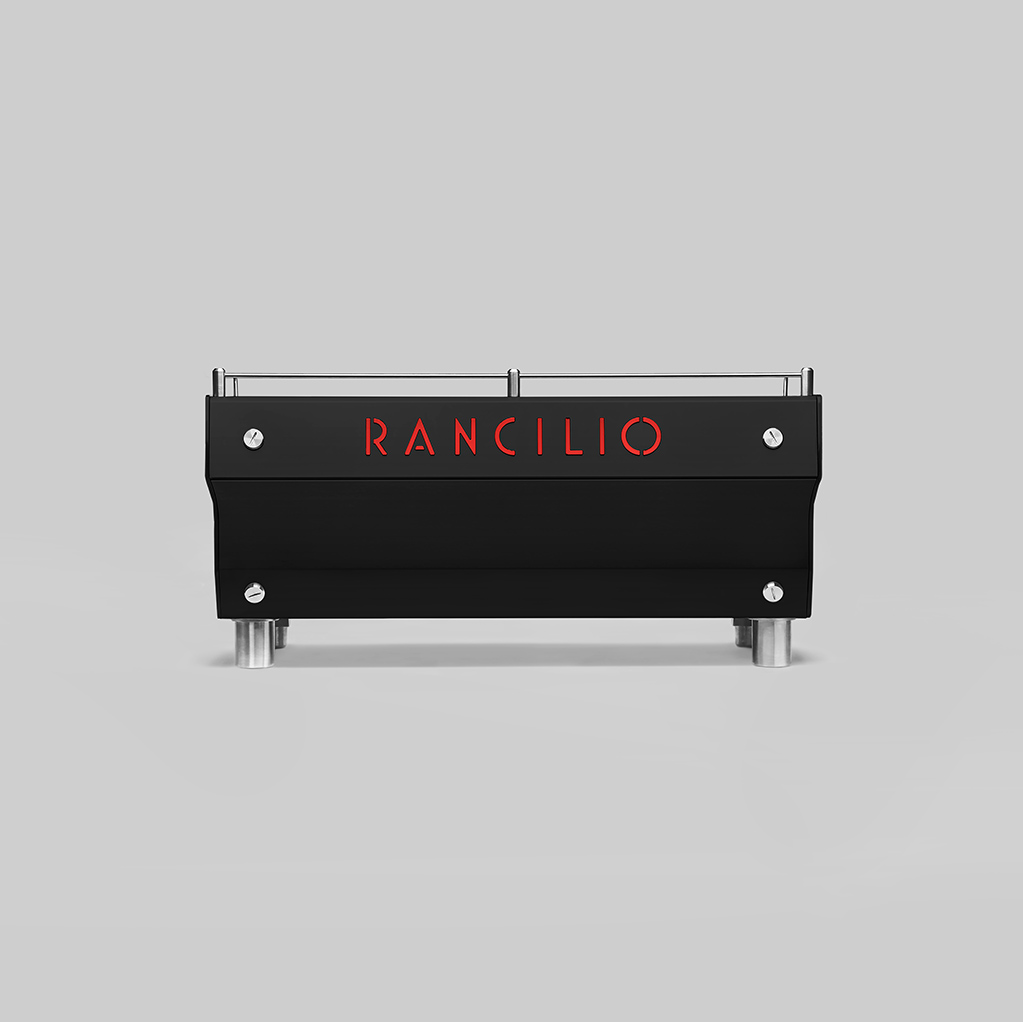Pre-infusion is one of the key steps in making a good espresso and, if used in the right way, it allows us to solve the problems that can occur during extraction. Carles Gonzalez – Rancilio Group’s Coffee Competence Manager – tells us what these problems are and how they can be solved or prevented through the correct use of the functions to regulate pre-infusion and post-infusion that come with the Rancilio Specialty RS1 professional espresso machine.
First of all, what could these problems be?
- Lack of consistency among extractions.
- Channelling and harsh flavours due to this phenomenon.
- Different volumes among extractions.
- Insufficient compounds in the cup; the perception that the coffee has little body, little complexity, and a weak taste.
- Overconcentration, with a saturation of compounds that produce excess bitterness and astringency.
And now let’s find out together what pre-infusion and post-infusion can do to solve these problems or prevent them.
Lack of consistency among extractions.
- The group fills quickly when pre-infusion begins, so the pre-infusion chamber of the group has been eliminated.
- Pre-infusion occurs under low pressure and the time is adjusted to align with the maximum saturation of the coffee puck before extraction begins. This results in capillary action and quick, uniform saturation.
Channeling and harsh flavors due to this phenomenon.
- Following saturation, the moment the resistance to water moving through the coffee puck is overcome, the pressure increases and channeling is avoided.
Different volumes among extractions.
- The increased saturation and time-adjusted pre-infusion at low pressure lead to precision in the extraction phase.
- During extraction, the flow speed increases linearly and is kept constant while the water is in contact with the coffee puck.
- The pressure is also limited so the maximum set pressure is not exceeded.
- The pressure profiles aim to emulate this effect, but they are only effective if they are in line with the resistance of the coffee puck.
Insufficient compounds in the cup; the perception that the coffee has little body, little complexity, and a weak taste.
- By adapting the pre-infusion phase and increasing the saturation due to the low pressure, a greater surface area comes into contact with the water, leading to greater extraction.
- Due to saturation and diffusion, water passing through the coffee puck carries more soluble and insoluble compounds to the cup, creating a taste with body, greater complexity, and intensity.
Overconcentration, with a saturation of compounds that produce excess bitterness and astringency.
- The post-infusion phase makes the effectiveness of the extraction decrease towards the end.
- The phase ends using low-pressure water again.
- As a result, there is less extraction, reducing the presence of compounds that contribute to bitter, astringent flavours.
Find out more about Rancilio Specialty RS1
















